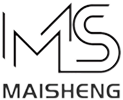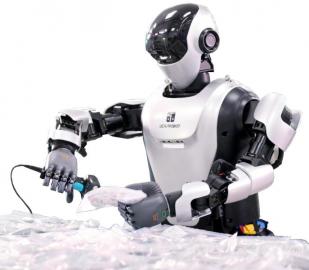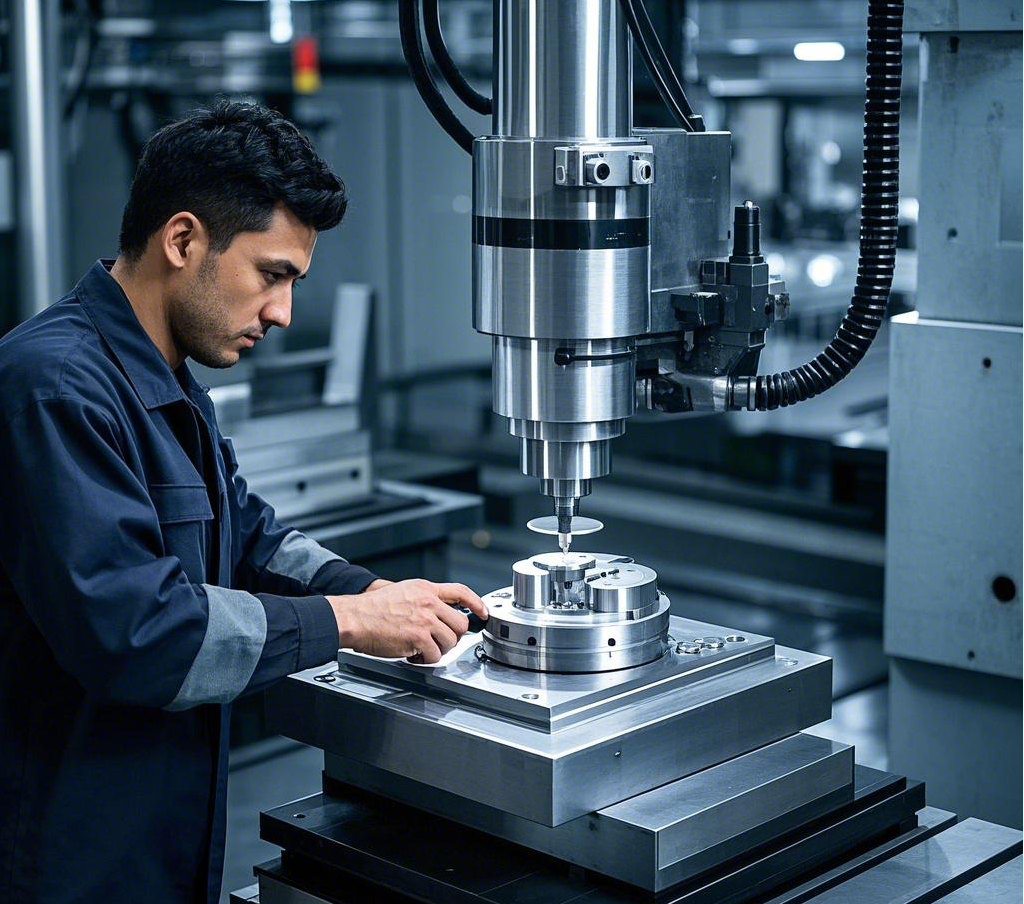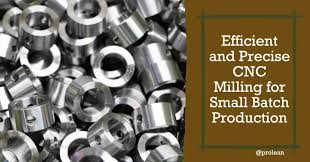The Working Principle and Advantages of CNC Machining
In modern manufacturing, CNC (Computer Numerical Control) machining is an essential technology. It automates the control of machine tools with precision and is widely used in industries such as automotive, aerospace, medical devices, and electronics. This article will introduce the basic working principles of CNC machining and highlight its key advantages in manufacturing.
The Working Principle of CNC Machining
CNC machining uses computers to control the movement of machine tools, automating cutting, engraving, drilling, turning, and other operations. Its basic working principle is as follows:
Design and Programming
The first step in CNC machining is creating a 3D model of the product using Computer-Aided Design (CAD) software. Next, engineers use Computer-Aided Manufacturing (CAM) software to convert the design into CNC instructions, generating G-code. These codes contain precise information on how the machine moves, feed rates, cutting depths, and more.Control System Operation
The CNC machine's controller receives and interprets the G-code, directing the machine's axes to follow a predetermined path. By controlling the relative movement between the cutting tool and the workpiece, the CNC machine performs various machining operations such as milling, turning, grinding, and drilling.Machining Process
Based on the preset program, the CNC machine operates automatically, with minimal human intervention. The entire process is precisely controlled by a computer to ensure the accuracy and quality of the workpiece.Final Inspection and Adjustment
After machining, the workpiece is typically inspected for dimensions and quality to ensure it meets the design requirements. If adjustments are necessary, the operator can make precise changes by modifying the program.
Advantages of CNC Machining
High Precision and Consistency
CNC machining can achieve extremely high machining precision, with tolerances often in the micron range. Since the machining path is consistently controlled by the computer, every batch of products will have the same high quality. This is especially crucial in industries like aerospace and medical devices, which require high precision.Automation and Efficiency
CNC machines can operate for extended periods automatically, significantly reducing the need for human intervention. Additionally, since CNC machining supports multi-axis linkage, it can complete multiple complex machining steps in a single setup, reducing setup time and further improving efficiency.Ability to Process Complex Structures
CNC machining can handle complex geometries and hard-to-machine materials, making it ideal for manufacturing customized, high-demand parts. Multi-axis CNC machines can process 3D surfaces, deep holes, internal cavities, and other structures that traditional methods struggle to achieve.Reduced Human Error
Traditional manual machining relies on the experience and skills of workers, which can lead to errors. CNC machining, with its precise computer control, virtually eliminates quality fluctuations caused by human factors.High Flexibility
CNC machines complete different tasks through programming, making it easy to switch products or modify designs. By simply updating the program, the machine can begin production according to new design requirements. This flexibility is essential for manufacturers needing to respond quickly to market changes.Compatibility with Multiple Materials
CNC machining can process not only various metals (such as stainless steel, aluminum, copper) but also non-metal materials such as plastics and wood. This versatility makes CNC machining applicable to a wide range of industries.
Conclusion
CNC machining, with its high precision, automation capabilities, and adaptability to complex designs, has become a crucial technology in modern manufacturing. Whether for mass production or customized orders, CNC machining provides an efficient and reliable solution for various needs. As technology continues to advance, CNC machining will remain a key player in the future of manufacturing.




